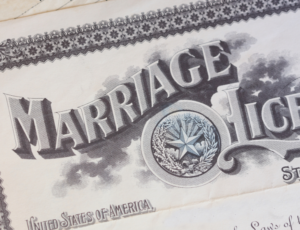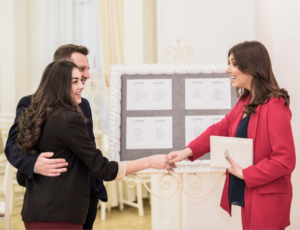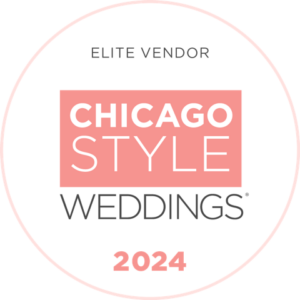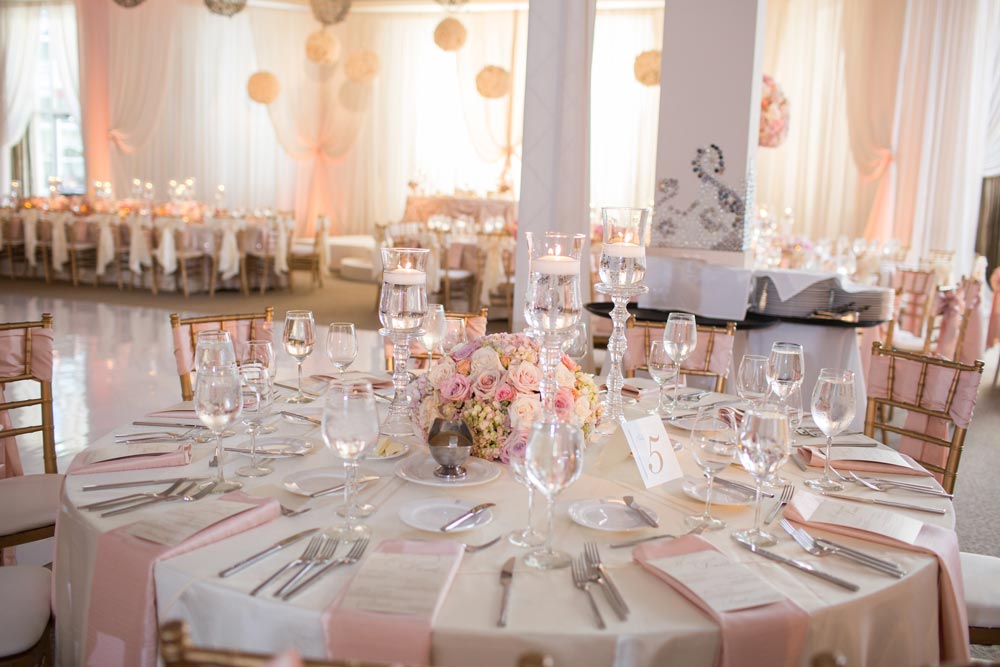 As you start to plan your wedding, you’ll find there’s a seemingly endless stream of decisions to be made. Some of these are wholly practical (cost, venue, guest list), while others are a bit more subjective (theme, décor, and wedding palette).
As you start to plan your wedding, you’ll find there’s a seemingly endless stream of decisions to be made. Some of these are wholly practical (cost, venue, guest list), while others are a bit more subjective (theme, décor, and wedding palette).
Choosing your wedding palette is often more difficult than it might seem. It’s not simply a matter of picking your two favorite colors and including them in every decorative detail of your wedding. There’s much more to consider, especially if your wedding day is going to be the elegant celebration you expect.
If you’ve been worrying over your wedding palette, we have a simple guide to help you choose the perfect colors for the big day.
The Color Wheel
 While you don’t have to be and art major to pick your wedding colors, there are some basic rules that you should follow. Remember the color wheel we were all introduced to in grade school? It’s finally going to come in handy.
While you don’t have to be and art major to pick your wedding colors, there are some basic rules that you should follow. Remember the color wheel we were all introduced to in grade school? It’s finally going to come in handy.
As a general rule, colors that work well together are opposites on that wheel because they pair cool and warm colors (think turquoise and coral). Neighboring colors on the wheel also tend to work well together, as they share a basic primary color (for example sunshine yellow and melon orange).
A classic tip for building your wedding palette is to pair a bright color with a more subtle, neutral, shade.
Do Your Research
Naturally, your own preferences should prevail, but it never hurts to supplement your own ideas with some solid research. Wedding magazines and art books are good sources for ideas, and can help you see how colors can work together to create, or enhance, a mood.
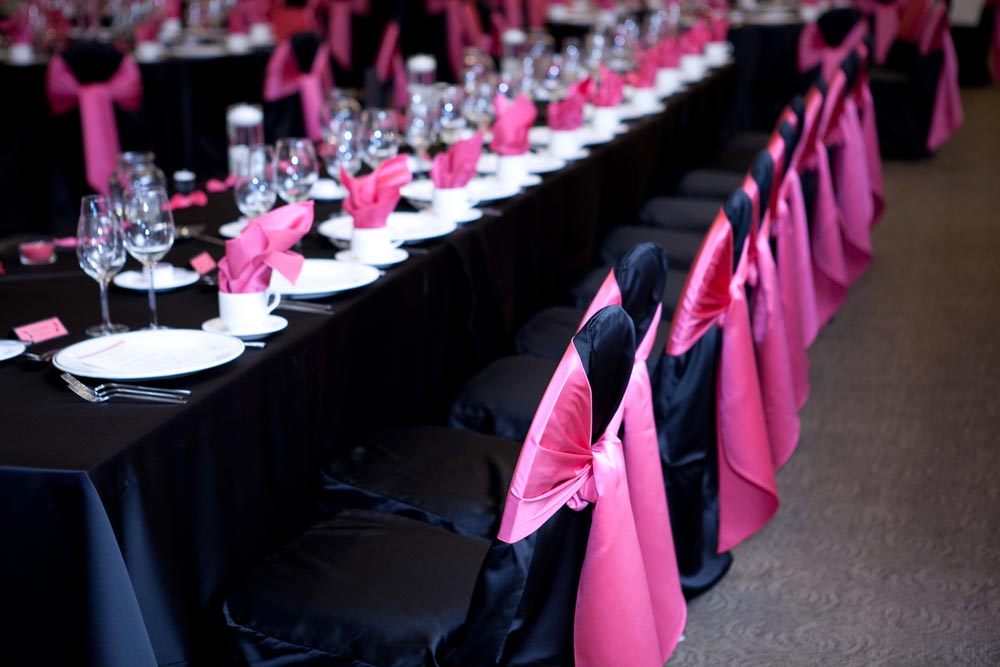 Now, there’s no need to choose a color palette simply because it’s featured in a magazine, but a bit of research can help you to settle on a wedding palette that works for you.
Now, there’s no need to choose a color palette simply because it’s featured in a magazine, but a bit of research can help you to settle on a wedding palette that works for you.
A great place to start your research is with Pantone colors. The 2015 Pantone Color of the Year was Marsala, and 2016 definitely has some interesting wedding trends as well.
Pinterest is the more obvious choice to start your research, and it often times overlooked. A search for wedding colors on Pinterest even lets you drill down to the time of year.
Let Your Own Taste be Your Guide
The colors that you love, and that inspire you, are almost always the best foundation for a wedding palette. Sometimes, following trends simply for the sake of being up to the fashion minute can leave you looking back on your wedding photos with embarrassment. Look to your own color preferences, and use those as a jumping off point for your wedding palette.
Create a Mood
Keep in mind that you are not so much trying to make a statement as create a mood, and your choice of wedding colors can help to set that mood. Think about the style of wedding you want, and how color can express that vibe.
For example, if you want to set a dramatic mood deep reds with highlights of gold can be very striking. On the other hand, if you want to create a more warm and nostalgic atmosphere for your wedding different shades of blue and ivory will deliver a more relaxed mood.
Think Seasonal
Just as your wardrobe reflects the seasons, so should your wedding palette. Certain color schemes seem naturally linked to a specific time of year, with brighter colors reflecting the warmth of spring and summer and more subdued hues speaking to the chill of of autumn and winter.
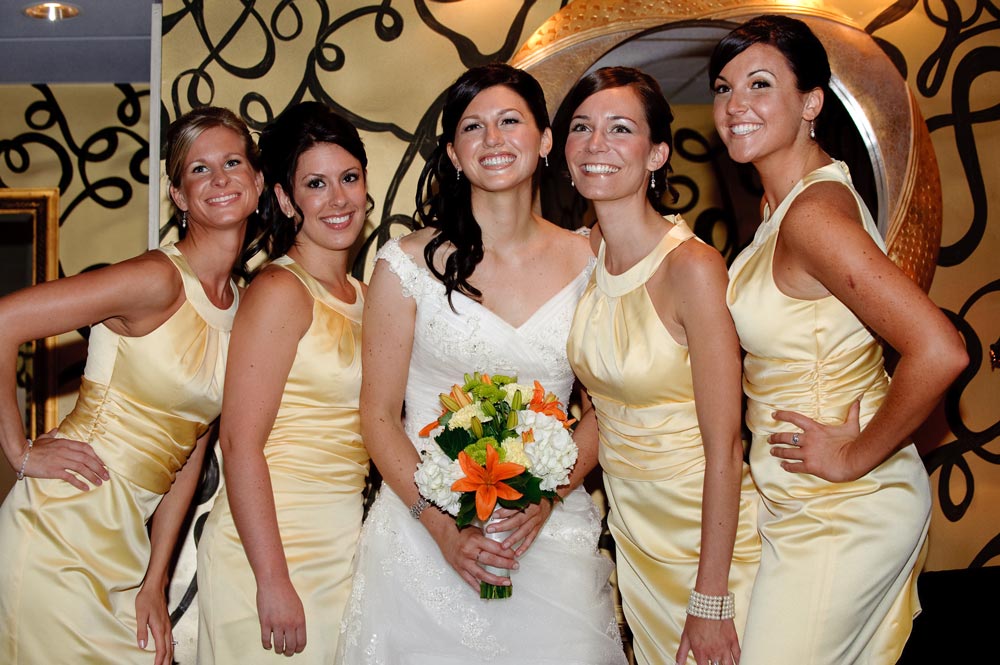
For example, a rich red paired with pool blue makes for a perfect summer wedding palette, brightening the atmosphere and setting a vibrant mood. An autumn of winter wedding might dictate a more subdued color palette, consisting of golds, taupe, and lavender to deliver a warm and relaxed atmosphere.
Again, there’s no need to avoid colors you love simply due to some perceived seasonal rule, and you can always lighten a hue here or add an accent there to bring your wedding palette in line with the seasons.
Be Flexible
This is an important point to make. If there’s one constant in planning a wedding it’s that things can turn on a dime. If you have your heart set on a particular color palette, but your mother-in-law to be has an antique table runner she’d like you to use at the reception, find a way to work it into your color scheme.
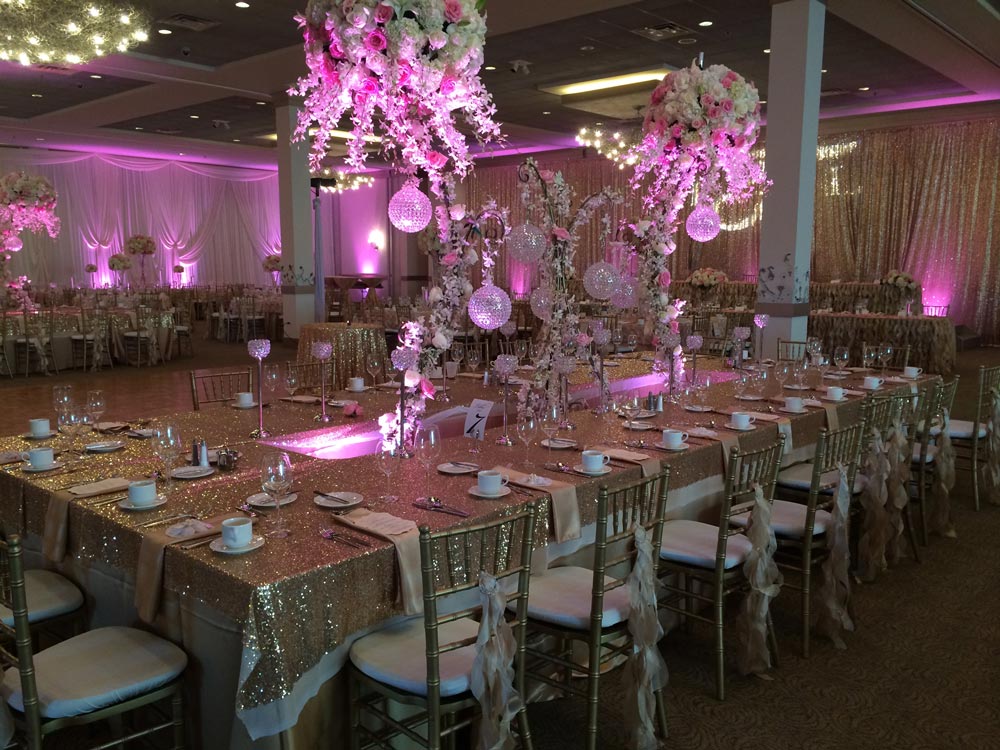
If you find a venue that you love, but it simply will not work with your colors, it may be time to go back to the color wheel and make some adjustments. In short, once you’ve settled on a wedding palette, be prepared to make some adjustments before the big day arrives.
Don’t Over-Think Your Colors
Finally, don’t over-think the process. When you announce your wedding you’ll have friends and family asking you what your wedding colors are, and you may feel pressured to pick the “right” wedding palette. While your wedding colors will inform a lot of your decorating decisions, like your wedding flowers and bridesmaid dresses, it really should be used as more of a guideline than as a hard and fast rule.
Your wedding doesn’t necessarily need to be color coordinated, it just has to satisfy you. In the final analysis, this is your wedding, and the choice of colors should reflect your tastes and the mood you want to convey to your guests.


